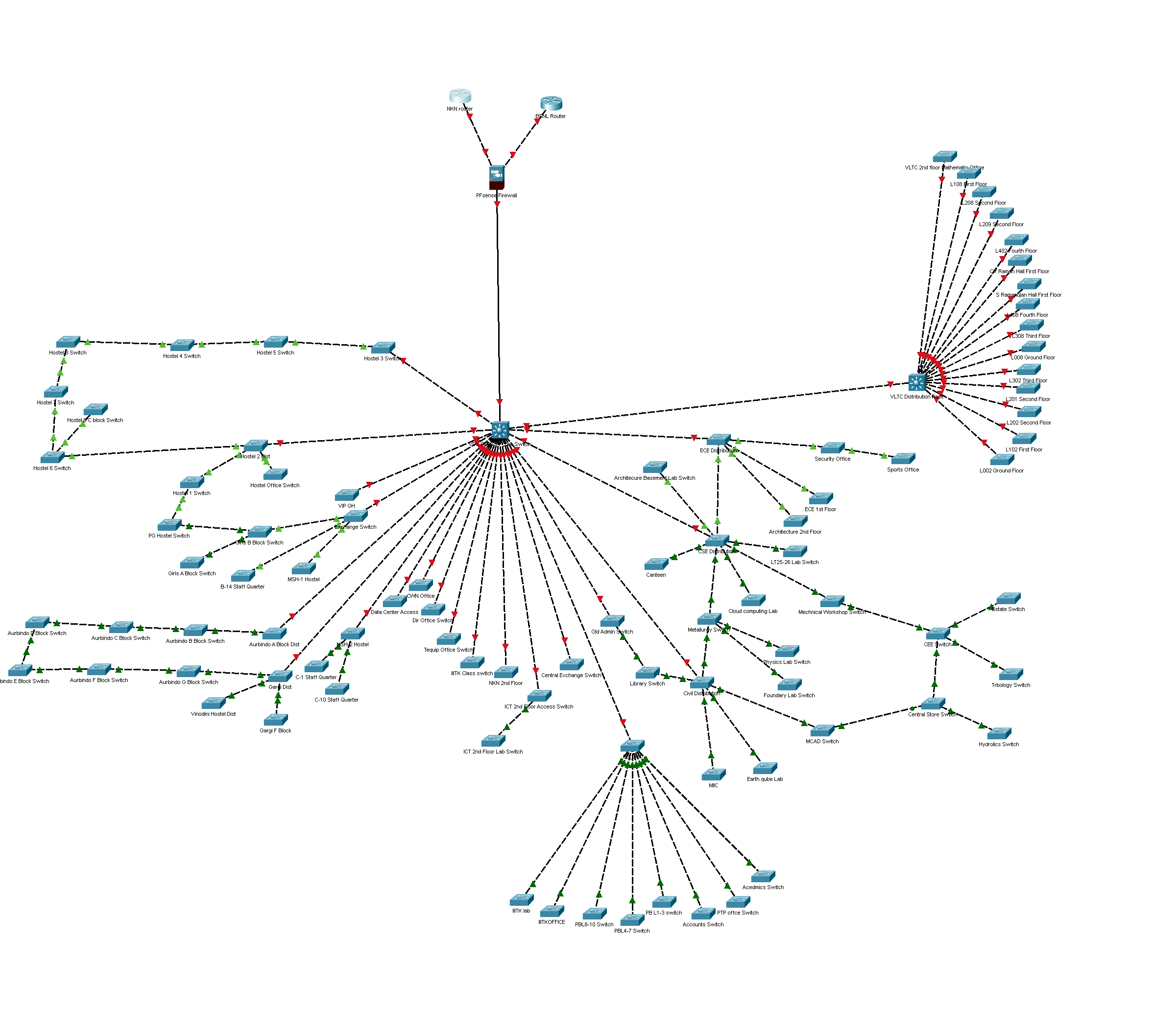Kindly submit the information about your event at following link. We request you to be brief.
https://forms.gle/GZyitG3zLENiCbz58
Timeline for sharing information through the aforesaid Google form.


The Government's decision to set up National Knowledge Network was announced in the Budget Speech, 2008-09. An initial amount of Rs. 100crore for FY 2008-09 was allocated to the Department for establishing the National Knowledge Network. A High Level Committee (HLC) was set up under the Chairmanship of Principal Scientific Adviser to the Government of India to coordinate and monitor the establishment of the National Knowledge Network. Government has approved the project on Establishment of National Knowledge Network in March, 2010 with an outlay of Rs. 5990 Cr. over a period of 10 years. National Informatics Centre (NIC) is the implementing agency.
The objective of the National Knowledge Network (NKN) is to interconnect all institutions of higher learning and research with a high speed data communication network to facilitate knowledge sharing and collaborative research. It will bridge the existing knowledge gap in the country. It will help the country evolve as a Knowledge Society and spur economic activities in the Knowledge domain. Under this Network, it is proposed that the core and associated links to around 1500 institutions shall be established in 2-3 years time. The NKN is a platform for delivering effective distance education where teachers and students can interact in real time. This is especially significant in a country like India where access to education is limited by factors such as geography, lack of infrastructure facilities etc. The network enables co-sharing of information such as classroom lectures, presentations and handouts among different institutions.
Virtual classroom site is the outcome of investment of approx 40 lacks and 7 months of tedious efforts and tie ups with NIC and HCL. It became operational in month of Feb, 2012. Currently it is being utilized to attend some NIC trainings and guest lecturers from some of the IITs for M. Tech/B. Tech students of computer engineering department at our own institute.
The basic virtual classroom setup comprises of Document Cameras, Touch Panel for Teachers, touch Panel cum Master Controller, Starboard, Audio video Mixers, Amplifiers and Processors. All the installed devices are DC operated and are installed in complete Air-cooled classroom with proper earthing as well as false ceiling for support and tidiness of electrical as well as instrumentation wiring.
Virtual education refers to instruction in a learning environment where teacher and student are separated by time or space, or both.
For more Details Click Here
Smart Row Rack solution: A user friendly, fully integrated row-based Racks at Data Centre accommodates Blade Servers and Storages. The Rack is having redundant precision cooling, power management, remote monitoring and control system, integrated fire detection and suppression system, biometric access control, intelligent power distribution system, mail and SMS notification system, ultrasonic rat/rodent repellent solutions.
MNIT Data Centre is housing MNIT Private Cloud using VMware V Cloud Suite installed on Blade Server and core network switches with 3.5 Gbps lease line [NKN (1 Gbps) and BSNL (2.5 Gbps)] for internet connectivity.
MNIT Private Cloud is an IaaS service, which allows administrator to create Virtual data centers with virtual servers, machines and networks, expanding or reducing as per their needs. With this Private Cloud, MNIT users get both computational resources and network License resources for their own exclusive use.
MNIT private cloud is running various applications/services used by students, faculty and staff. Approximately two hundred Virtual Machines have been allotted for IT Services and computational needs of researchers from various departments and centres.